 Remembering plays an important role in times of change. It provides us with the necessary experience to move forward and with sources to seek renewal and re-organisation, which in turn are crucial for building resilience and strengthen the capacity of vulnerable communities to adapt to the effects of climate change.
Remembering plays an important role in times of change. It provides us with the necessary experience to move forward and with sources to seek renewal and re-organisation, which in turn are crucial for building resilience and strengthen the capacity of vulnerable communities to adapt to the effects of climate change.
Although the role of memory tends to be overshadowed by that of innovation, the two are in fact important foundations for change, and are equally relevant within contexts that are struggling to adapt to the uncertainty inherent to natural disasters and slow changing climatic trends.
In a 2006 article for the Global Environmental Change journal, Carl Folke stated that resilience was much more than being persistent or robust in the face of disturbances. It is also about the opportunities that disturbance opens up, the possibility to transform into more a more desirable state [1].
And part of the ability to identify and act on those opportunities is based on the role of our ‘Social Memory’, which Folke defined as “captured experience with change and successful adaptations embedded in a deeper level of values, and actualized through community debate and decision-making processes into appropriate strategies for dealing with ongoing change” [2].
Social memory is therefore key for linking past experience with present and future adaptation actions, and in turn allows for novelty and innovation.
Although emerging evidence on the role of Information and Communication Technologies (ICTs) within the climate change field indicates their potential in processing and accessing climate change information, making sense of scientific data and relating it to the local context [3], less has been documented in regards to their role in building social memory within vulnerable contexts to climate change. So the following question emerges:
How can ICTs contribute to strengthen social memory and build resilience within vulnerable contexts to climate change?
ICTs could play a role mobilizing social memory from past adaptive experiences, capturing local traditional knowledge and facilitating innovative responses based on lessons from the past.
Mobile phones and emerging Web 2.0 applications (e.g. social networking sites, Blogs, wikis) can become useful tools recording the adaptive experiences and the history of marginalized communities impacted by the effects of climate change; thus helping local stakeholders to identify options, re-organise and implement novel solutions in the event of present and future climatic disturbances.
ICTs can also help fostering community debate around climate change issues, as well as more transparent and inclusive decision-making processes that lead to adaptation strategies relevant to the needs of the local context.
The role of social memory is closely linked to the concept of resilience, as it contributes to the robustness of the system to resist the occurrence of climatic disturbances, but also fosters its ability to self-organise, learn, and ultimately adapt. In turn, the linkages between ICTs and resilience sub-properties (e.g. robustness, self-organisation and learning, among others) have been reflected in the e-Resilience Framework recently developed by the University of Manchester Centre for Development Informatics with the support of Canada’s IDRC.
Within the emerging field of ICTs and climate change, the role of the past is not to be discarded.
While much remains to be explored about the links between collective memory, resilience and innovation, ICT tools offer a still untapped potential for local communities to capture, disseminate and learn from past adaptation experiences, and to foster novel, yet locally appropriate solutions to the challenges posed by the changing climate.
——————————————————————————
[1] Folke, C. (2006) ‘Resilience: The Emergence of a Perspective for Socio-Ecological Systems Analyses’, Global Environmental Change, 16:253-267.
[2] Folke, C., Hahn, T., Olsson, P. & Norberg, J. (2005) ‘Adaptive Governance of Socio-Ecological Systems’, Annual Review of Environment and Resources, 30:441-473.
[3] Labelle, R., Rodschat, R. & Vetter, T. (2008) ICTs for e-Environment: Guidelines for Developing Countries with a Focus on Climate Change. International Telecommunication Union (ITU), Geneva http://www.itu.int/ITU-D/cyb/app/docs/itu-icts-for-e-environment.pdf.
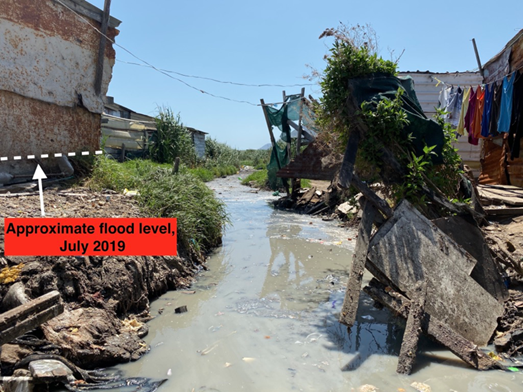
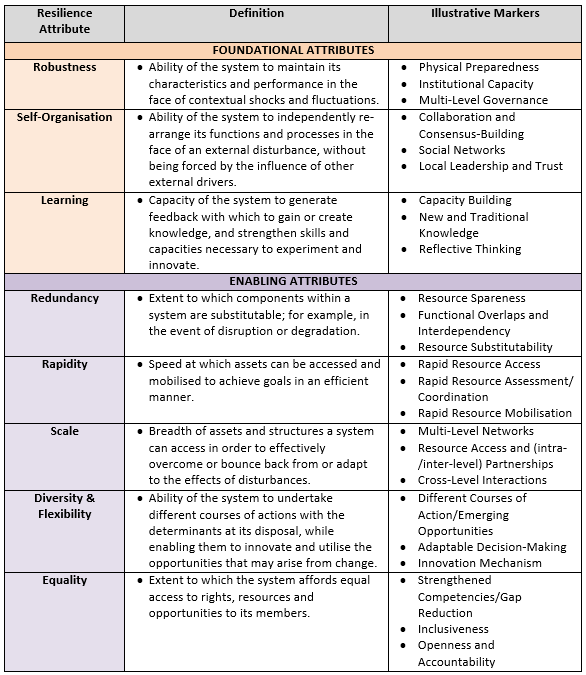
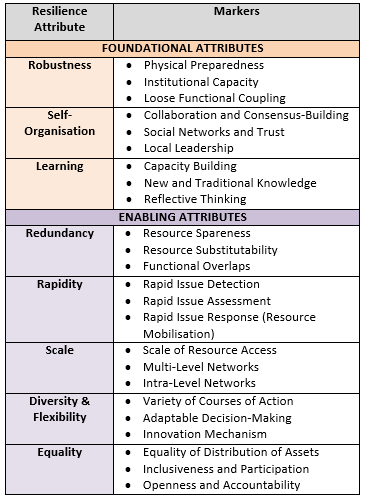
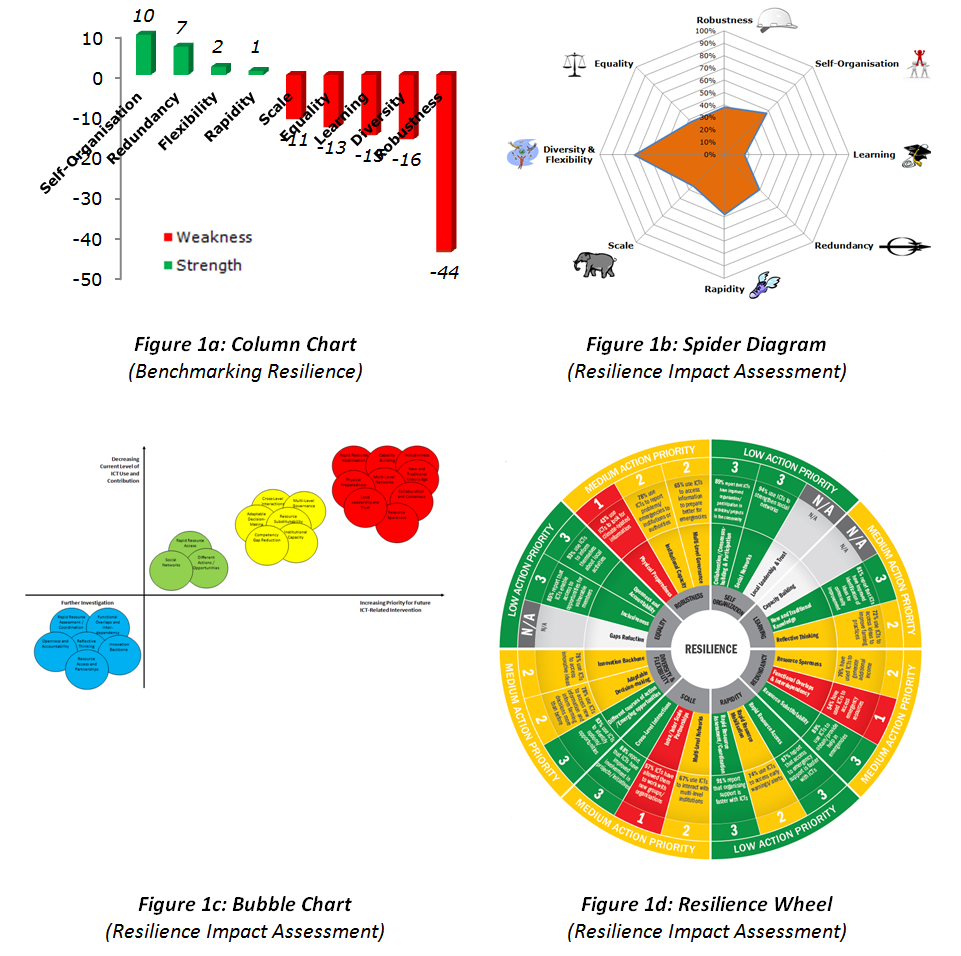
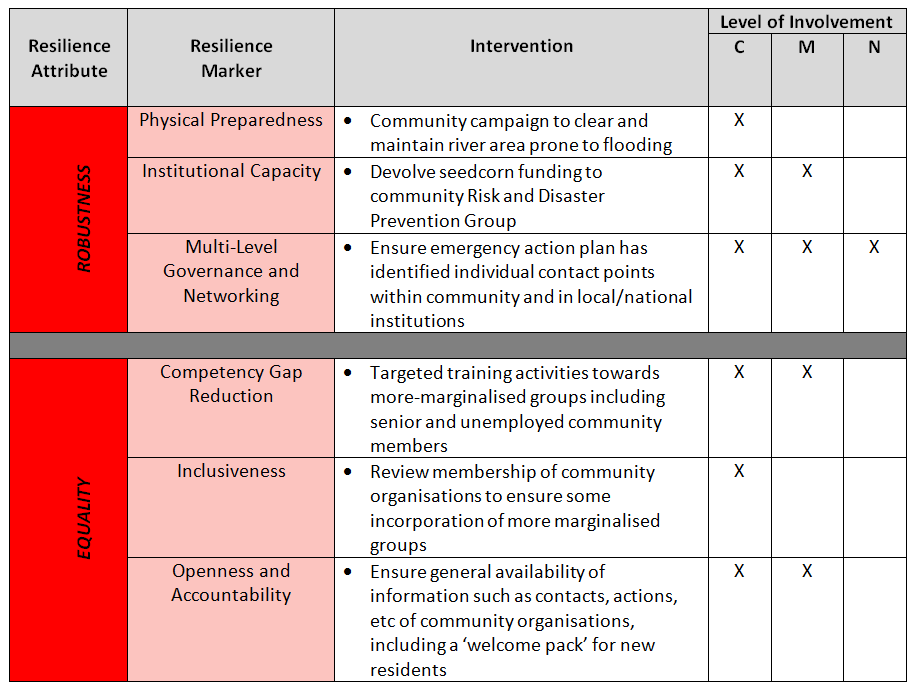
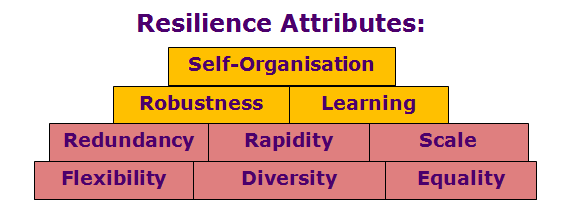


 Remembering plays an important role in times of change. It provides us with the necessary experience to move forward and with sources to seek renewal and re-organisation, which in turn are crucial for building resilience and strengthen the capacity of vulnerable communities to adapt to the effects of climate change.
Remembering plays an important role in times of change. It provides us with the necessary experience to move forward and with sources to seek renewal and re-organisation, which in turn are crucial for building resilience and strengthen the capacity of vulnerable communities to adapt to the effects of climate change. The concept of Resilience occupies an increasingly prominent place within the climate change debate.
The concept of Resilience occupies an increasingly prominent place within the climate change debate.